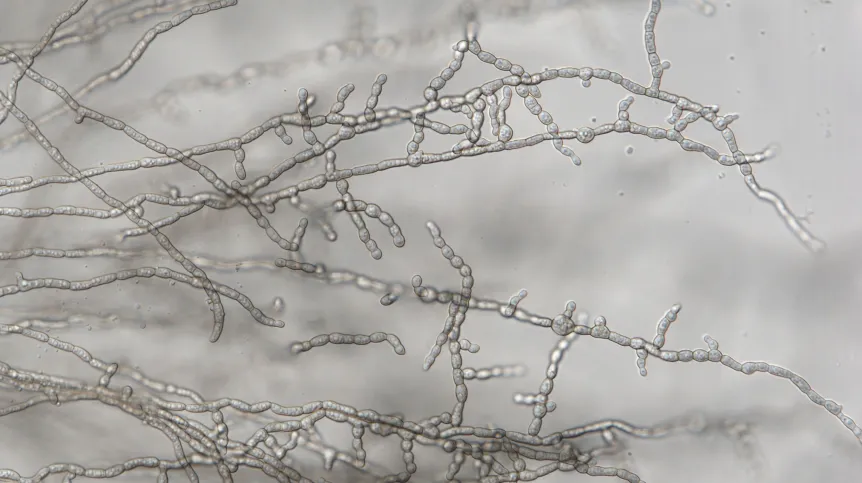
Scientists have discovered a new species of fungus, Formicomyces microglobosus. It was isolated from the infrabuccal pouch of the red wood ant Formica polyctena, a population of which lives in the forests near Warsaw.
The scientists presented the results of their research in the journal Fungal Biology. The authors of the publication are Igor Siedlecki, Maria Majchrowska, Alicja Okrasińska and Julia Pawłowska from the University of Warsaw, and Marcin Piątek and Magdalena Owczarek-Kościelniak from the W. Szafer Institute of Botany PAS.
According to the release sent to PAP - Science in Poland, many fungi interact with ants.
'We know fungi that parasitise ants, like a representative of the Entomophthorales: Pandora formicae, or cordyceps (Ophiocordyceps spp.), leading to the rapid death of infected insects. However, ants and fungi also enter into mutualistic, i.e. mutually beneficial symbioses. So far, the best known is the close relationship between leafcutter ants Acromyrmex octospinosusand fungi from the agaricus family, in which the ants grow these nutritious mushrooms on pieces of leaves collected for the anthill. Recent years of research indicate that symbiotic interactions between ants and mushrooms are more common than previously thought. One example of a relatively recently described interaction is the discovery of fungi belonging to the Trichomeriaceae family, including the so-called 'black yeast' in the carton walls of ant nests. The mycelium of these fungi, growing through the carton walls, strengthens the nest, protecting it against destruction, for example, as a result of heavy rainfall . So far, examples of such interactions have been described mainly for tropical areas, the scientists say.
They add that in the temperate climate zone, one of the most common species of ants is the red wood ant Formica polyctena. These ants live in coniferous and mixed forests, where they build nests in the form of large hills, composed mainly of needles they collect and soil extracted while building the underground part of the nest. Although these ants are common and very important for forest ecosystems, we still do not know what fungi occur in their immediate surroundings, in the anthills themselves, and how they affect the life of these social insects.
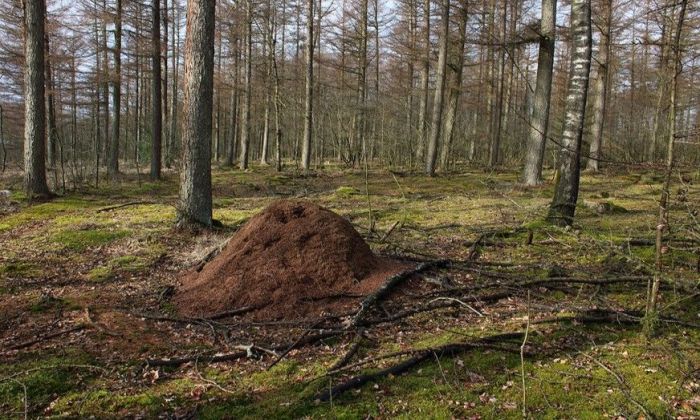
The ant's infrabuccal pouch is part of its digestive system.
'The research results so far suggest that its presence in the heads of ants is related to the social lifestyle of these insects. In order for ants to be able to easily feed each other with liquid and nutritious food, an organ is necessary within their digestive tract for all solid particles taken in by ants while feeding and cleaning their bodies and nests. Previous work has shown that the infrabuccal pellet formed in the infrabuccal pouch often consists of fungal matter, including mycelium and spores,’ the authors of the study say.
A diverse group of fungi has been isolated as part of research on the mycobiome of the infrabuccal pouches of Formica polyctena, conducted by mycologists from the Botanical Garden of the University of Warsaw. Most of the isolated fungi were known species associated with the forest litter environment. However, two slowly growing colonies with dark hyphae obtained during the research turned out to be clearly different from other, previously described fungal species.
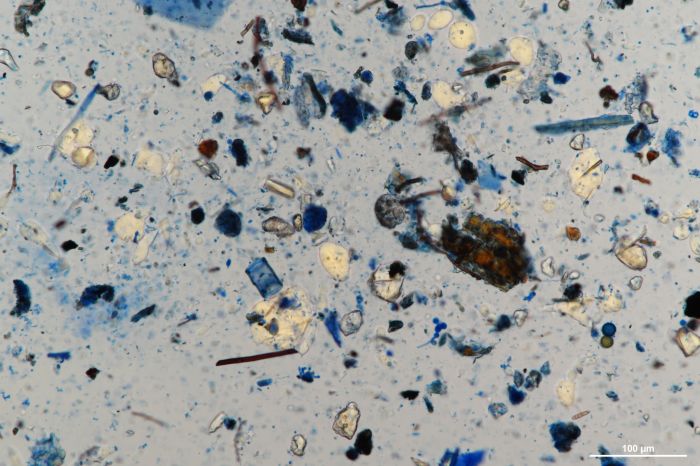
The team from the Botanical Garden of the University of Warsaw, in cooperation with mycologists from the Institute of Evolutionary Biology, Faculty of Biology of the University of Warsaw and the W. Szafer Institute of Botany of the Polish Academy of Sciences, analysed isolated strains to describe their morphology and determine their phylogenetic position on the tree of life.
'Our work allowed us to determine that they constitute a new, previously undescribed species of fungi belonging to the Trichomeriaceae family, which includes, among others, fungi that grow over the walls of carton ant nests. The new fungus was named Formicomyces microglobosus, where the first part, i.e. the new generic name, refers to the isolation of strains from ants, and the second part, i.e. the new species name, refers to small spherical cells occurring at the ends of the hyphae of this fungus,’ the scientists report.
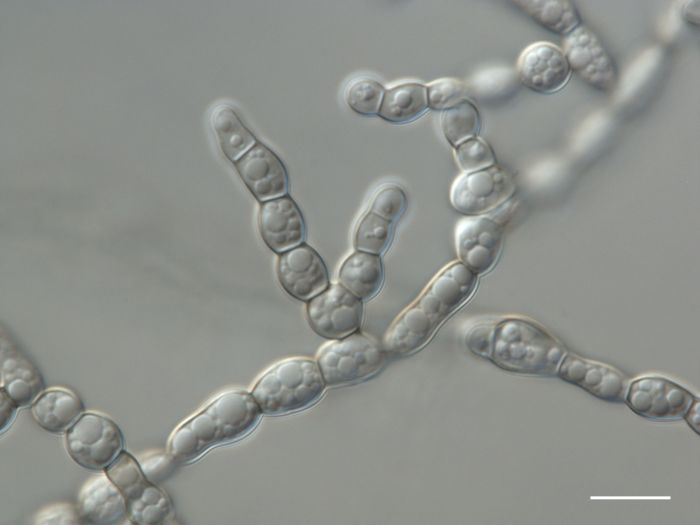
They add that strains of many species of the Trichomeriaceae family co-occur with ants, especially in the intertropical climate zone. 'The isolation of a new species of fungus belonging to this family from common ants in the temperate climate zone may indicate a greater prevalence of symbiotic interactions between ants and representatives of this family of fungi. In the case of the interaction between F. microglobosus and the red wood ant Formica polyctena, the question of the nature of this interaction and its universality still remains unanswered and requires further research. The description of a new species of fungus from the infrabuccal pellets of ants also suggests that this specific organ may be a source of isolation of a larger number of previously undescribed species of microorganisms,’ the researchers say.
PAP - Science in Poland
zan/ bar/ kap/
tr. RL
Gallery (6 images)
-
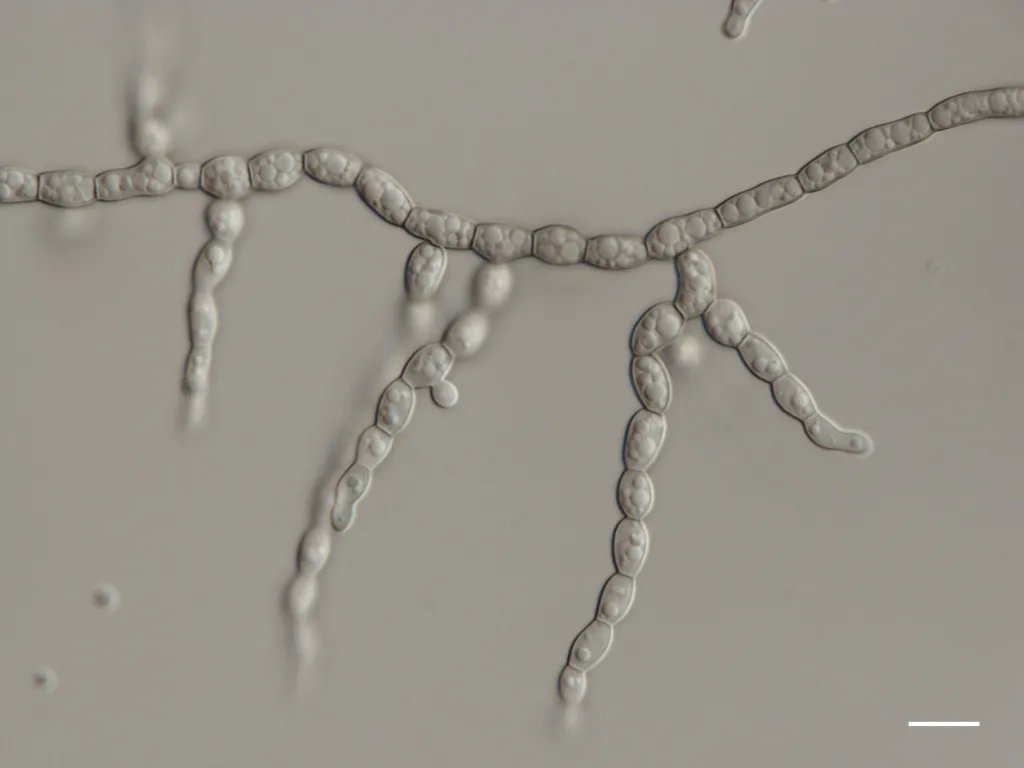 1/6Formicomyces microglobosus ined. Bar = 10 um 1. Credit: M.Piątek & I. Siedlecki
1/6Formicomyces microglobosus ined. Bar = 10 um 1. Credit: M.Piątek & I. Siedlecki -
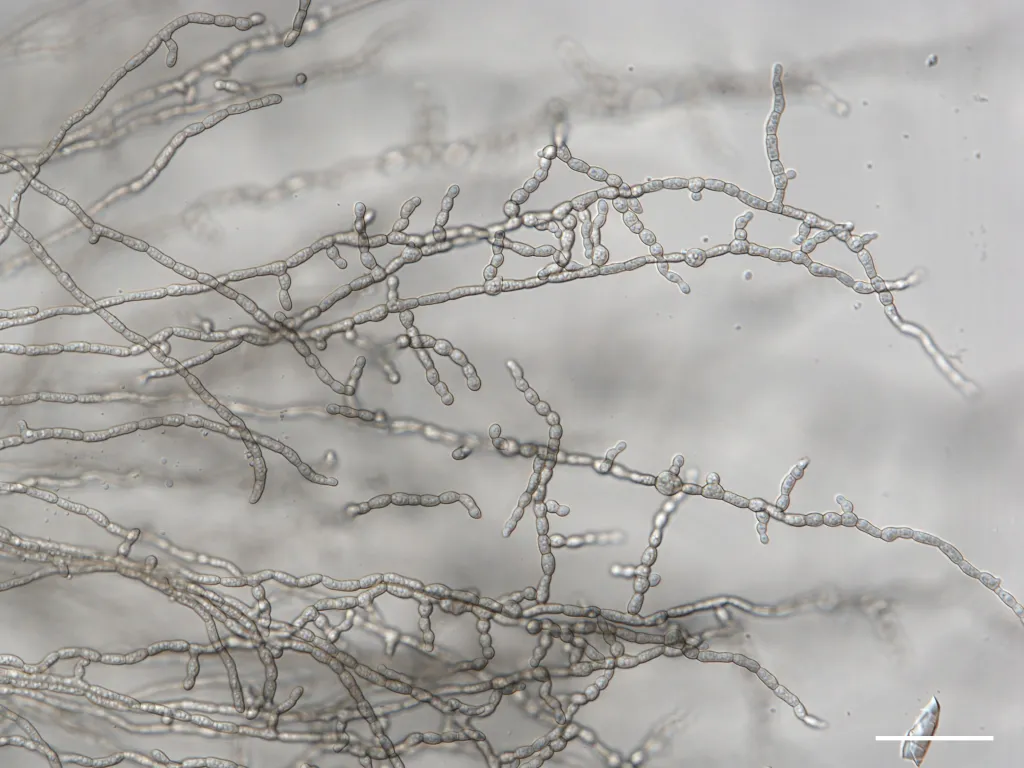 2/6Formicomyces microglobosus ined. Bar = 50 um 1. Credit: M.Piątek & I. Siedlecki
2/6Formicomyces microglobosus ined. Bar = 50 um 1. Credit: M.Piątek & I. Siedlecki -
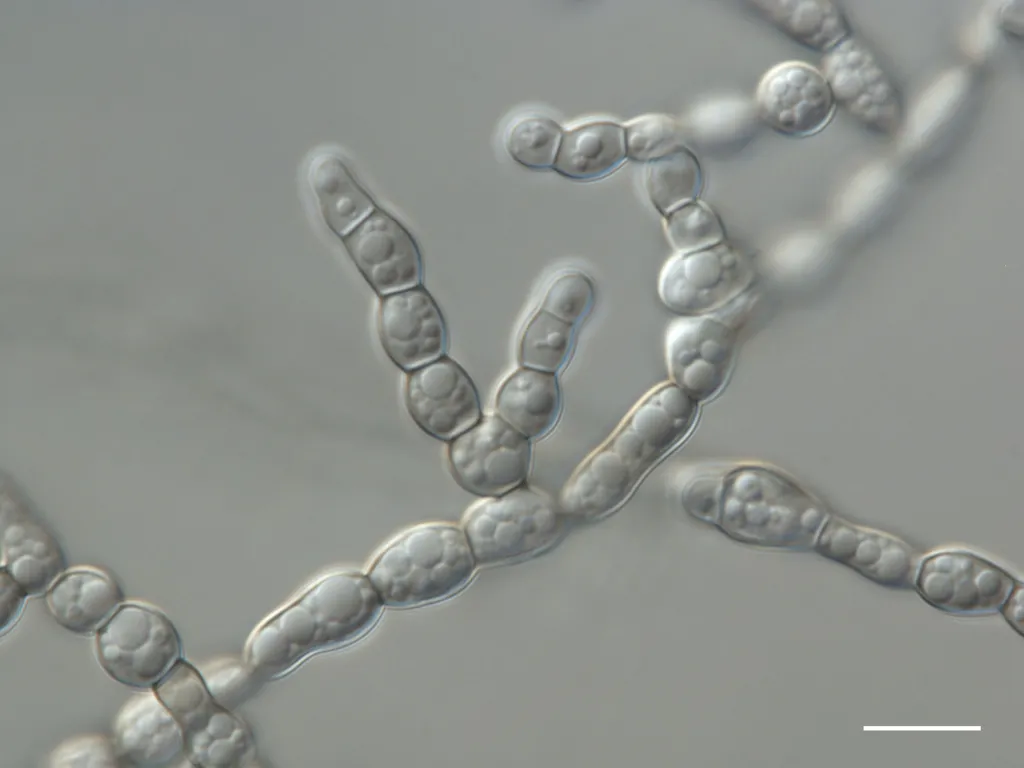 3/6Formicomyces microglobosus ined. Bar = 50 um 3. Credit: M.Piątek & I. Siedlecki
3/6Formicomyces microglobosus ined. Bar = 50 um 3. Credit: M.Piątek & I. Siedlecki -
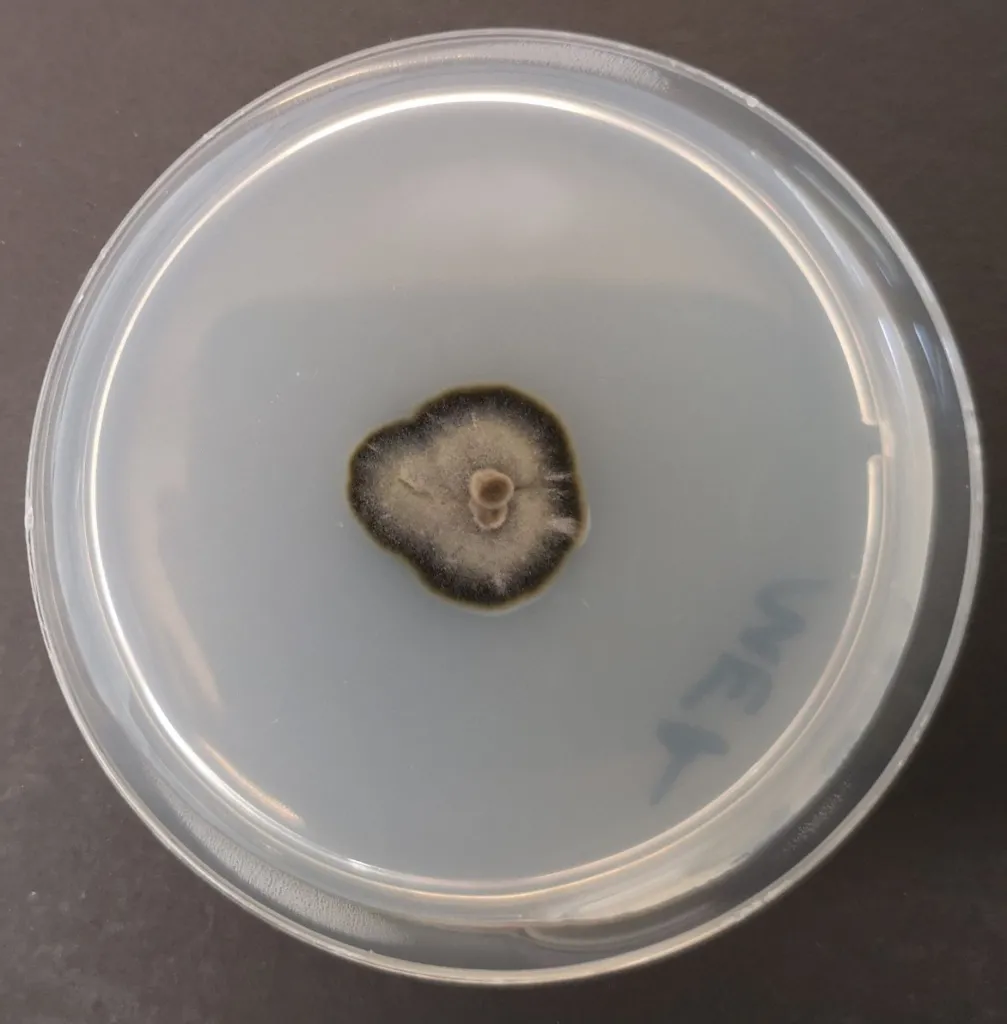 4/6Formicomyces microglobosus. Credit: M.Owczarek-Kościelniak & I.Siedlecki
4/6Formicomyces microglobosus. Credit: M.Owczarek-Kościelniak & I.Siedlecki -
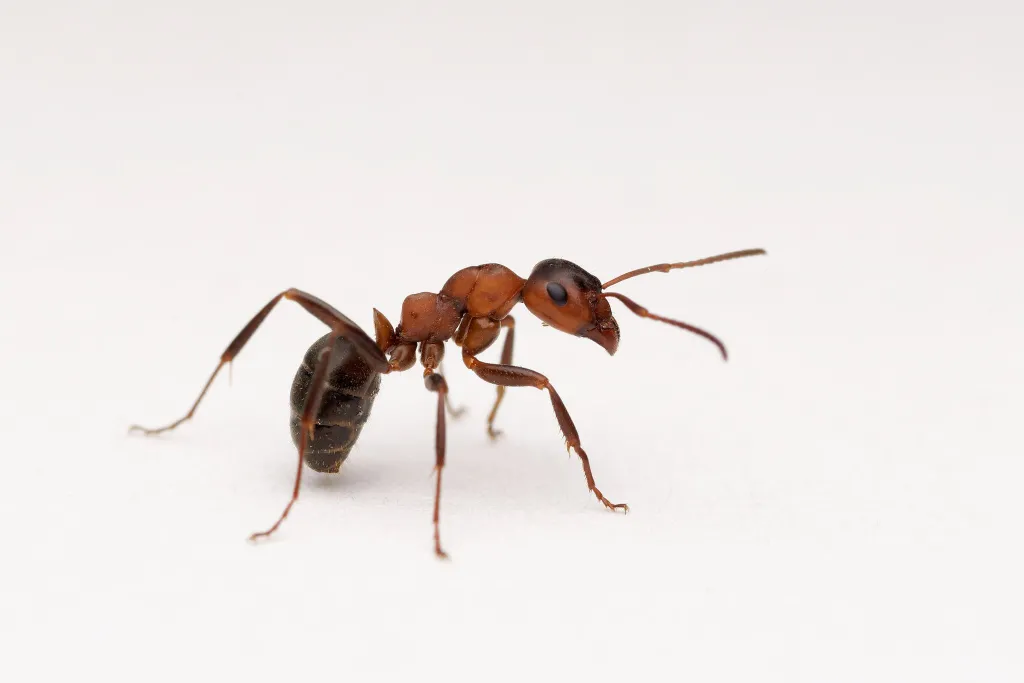 5/6Formica sp. Credit: M.Kukla
5/6Formica sp. Credit: M.Kukla -
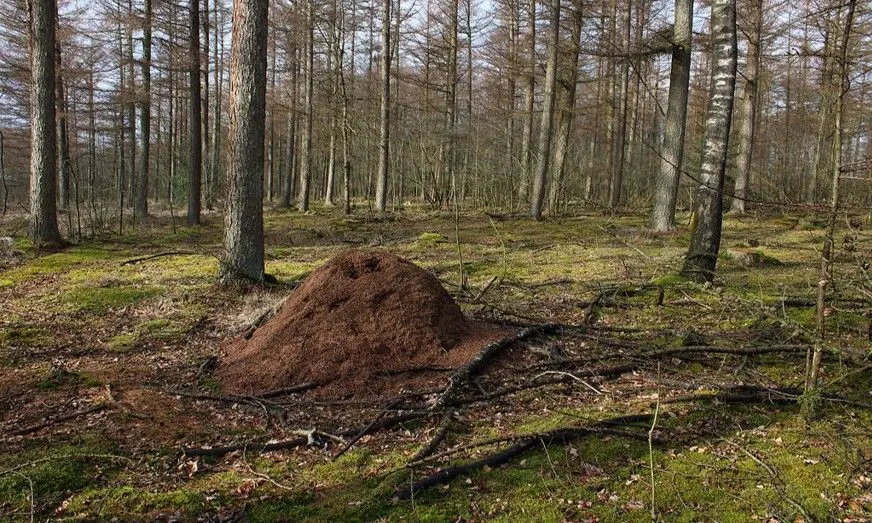 6/6Formica polyctena nest. Credit: M.Kochanowski
6/6Formica polyctena nest. Credit: M.Kochanowski













